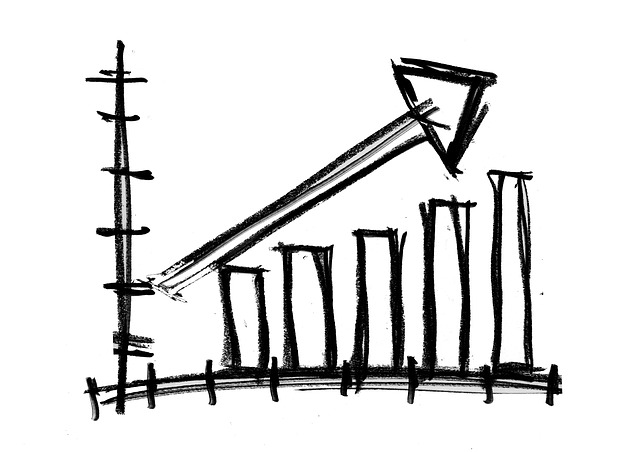Correlation is a statistical measure that describes the relationship between two variables. It tells us how strongly two variables are related to each other, and the direction of that relationship (positive or negative).
The correlation coefficient, denoted by “r”, ranges from -1 to 1. A value of 1 indicates a perfect positive correlation, meaning that as one variable increases, the other variable also increases at a constant rate. A value of -1 indicates a perfect negative correlation, meaning that as one variable increases, the other variable decreases at a constant rate. A value of 0 indicates no correlation, meaning that there is no relationship between the two variables.
It’s important to note that correlation does not imply causation, it only tells us that two variables are related. Therefore, it’s not always the case that one variable causes the other, it could be that both variables are caused by a third variable.
There are different types of correlation coefficients, such as Pearson’s correlation coefficient, Kendall’s rank correlation coefficient, and Spearman’s rank correlation coefficient. Each one is used depending on the type of data and the assumptions that the data meets.
Correlation is a useful tool for identifying patterns and relationships in data, but it should be used in conjunction with other statistical techniques, such as regression analysis, to determine causality.



